The year 2020 has seen the carpet pulled from under our feet. This shock has brought elements both familiar and novel. This applies in equal parts to the ensuing recovery.
The circular economy The circular economy An economic model which does not focus on producing more and more goods, but in which consumption is based on using services – sharing, renting and recycling – instead of owning. Materials are not destroyed in the end, but are used to make new products over and over again. Open term page The circular economy emerged as a response to our wasteful, brittle and throughput-focused economy, and the concept gained increasing traction after the global financial crisis.
The relevance of the circular economy has now been amplified, through its potential to unlock new, tech-driven growth; to build resilience Resilience The ability of people and communities to function in changing circumstances, face up to disturbances and crises, and recover from them. For example, the capability of society to recover from war and the ability of nature to return the balance of ecosystems. Open term page Resilience ; and to help solve the multiple crises associated with overshooting our planetary boundaries.
Time to take stock
Much has changed since the circular economy first featured in the discussions in Davos in 2012 – with the financial crisis fresh in the memory – around the time when governments and large corporations began to engage with the concept. The EU has since released two circular economy action plans, and as an increasing number of players have engaged with the concept, many new dimensions have emerged.
That 2020 has introduced yet more dimensions is an understatement, and attempts at sensemaking, however imprecise, now matter all the more. By closely monitoring the developments in the wake of the COVID-19 outbreak, and by conducting interviews with 30 experts within the context of the circular economy, this article serves as such an attempt.
The experts – representing NGOs and think tanks, research institutes, consultancies, public national organisations, international organisations, funds and business networks – were interviewed between 17 April and 7 May, and they contributed by sharing their thoughts on, among other things, the direction of the circular economy – with and without the effects of COVID-19.
Yesterday’s and tomorrow’s landscapes
The make-up of the circular economy landscape – in terms of those involved, the connections between these and the content covered by them – has been more widely explored, and studies have looked at point-in-time landscape overviews through various lenses, such as companies from a national context, organisations across Europe and higher education globally, to name a few examples.
An increasingly diverse landscape has emerged as the circular economy has reached the mainstream. At the same time – although we have a long way to go – more focus has also been directed upstream, beyond simply minimising the negative impacts of problems already created.
In order to provide a contrast to today’s existing landscape, the experts were also asked where the landscape is less well understood, by identifying what they see as the most underexplored areas –without any allusions to the pandemic.
Interestingly, although asked to identify “unexplored areas”, no clear pattern of sectoral focus areas emerged, besides plastics being described as thoroughly explored.
Some of the areas the experts did, however, suggest as warranting more research and work from the lens of the circular economy include:
- Financing the transition
- Institutional and organisational transformation
- SMEs and micro-sized enterprises
- Data on the economics of service-based circular business models
- Social impact
- Design
- Foresighting – envisioning a preferred future and designing strategies and actions accordingly
- The context of developing countries
- Customer psychology and emotional relatability of products and services
- The biosphere side of the circular economy
Changes after COVID-19
The new decade has got off to a bizarre start, with both scarcity and gluts felt globally. Volatility has characterised much of the development. There has been great suffering. At the same time, however, behavioural shifts have in many parts of the world not seen this rapid a shift since the Second World War and, by extension, we may be experiencing wider shifts in priorities, from what we want to what we need, offering a powerful lever for catalysing the systemic change needed in the transition – the description “window of opportunity” has been frequently repeated in the discourse.
Five main patterns in particular emerge from the new landscape.
No need to reinvent the circular economy
While large disruptions are more reminiscent of revolutions than evolutions, the latter is the dominant story in the post-COVID-19 landscape. Little of the circular economy discourse in the wake of the coronavirus pandemic has been directed towards new answers.
At least in the early days, the response of the 30 experts has not seen cancellations of their projects, except for physical events, many of which have simply taken on a new format. Similarly, few new workstreams have been initiated as direct responses to COVID-19, beyond webinars and articles dedicated to the pandemic and the circular economy. This may suggest confidence in the work as being as, if not more, relevant – ultimately, the circular economy is about resilient, economic renewal.
In the words of Walter Stahel, “… the circular economy was not affected by the COVID-19 pandemic … the people repairing things or cleaning things were in even more demand than before … the definition of what is essential for society has shifted away from manufacturing; from the flows to the people operating and maintaining stocks. The big impact of the COVID-19 pandemic is on flows.”
More resilient, technology-intensive supply chains
The importance of resilience has been increasingly emphasised recently. Although supply chains were becoming more regional (or stopped becoming more global) and more technology-intensive and service-oriented long before 2020, this development will continue, with more diversification, automation, larger buffers and less complex, more transparent supply chains, with new delivery and contactless innovations.
Localised 3D printing will primarily help make existing supply chains less brittle – counter-intuitively actually boosting trade – by, for example, providing spare parts, and if more ways of consuming become more local, this could also have an impact. “Risk mitigation” featured repeatedly in the discourse, beyond supply chain risks and towards the role of the circular economy in “de-risking” away from climate change and virgin resource extraction in particular.
As future crises have become less abstract, a sustained shift in balance from efficiency towards more resilience may follow. Like pandemics of the past, this one could see our cities reimagined – perhaps now with an emphasis on social distancing, reduced resource use and autonomy.
New dimensions of scale impacting innovation
The network effects of cities encourage innovation, and every doubling of size makes cities 15% richer. Although the global long-term urbanisation trend is unlikely to stop anytime soon, in recent times cities have actually become less dense, a trend that may continue in the long term as telecommuting allows people to live farther afield, thus increasing the importance of the peripheries of cities.
Moreover, the crisis is also likely to be making both governments and large firms larger, with unprecedented stimulus packages unleashed. Conversely, smaller firms struggle more. Fanning the flames, global demand has declined, with global trade expected to fall by up to one third in 2020. At the same time, scarcity can drive innovation, and past crises have also seen a fast adoption of new solutions, getting more from less.
More focus on customising products could enable that, as could wider support for smaller players to unlock and retain value at the local level through more circulation – making the economy larger in practical terms.
Emphasis of application
Changing an economic system is no mean feat, and although many circular solutions are already holding their own, others need different rules of the game.
While the urgency of this work is all the greater now, so is the role of identifying existing entry points for those not already on board – more players are asking what can we do right now? – be it direct crisis-alleviating investment opportunities; case examples of how circular business models work in practice; concrete tools for businesses on how to apply circular business models; or financial models to enable them.
Moreover, as the basic cultural and technological conditions differ in different geographies, the applications themselves need to be applied. For example, if not positioned carefully, sharing-focused solutions may fail to resonate in some contexts where the experience of sharing is tied to a dearth of options.
New reality for social systems
Already, the pandemic has exacerbated one of the biggest challenges of our time – growing inequalities, with those already vulnerable bearing a disproportionate burden of the shock – highlighting the need for stronger social support systems and sparking a renewed interest in ideas like universal basic income.
However, both the impact of and responses to the crisis have differed considerably, with new fault lines and xenophobia emerging alongside a reawakened sense of community in some contexts – “we’re all in this together” – as well as more candid discussions about well-being and what is important in life; going back to how life was before now resonates less with some.
Trust and collaboration are key enablers of the circular economy, and how these preconditions function across teams, organisations and sectors is vital, as much for local communities as for the international community.
Outlook
This is the time to reboot our economies. Although COVID-19 has not upended the reality of the circular economy, the pandemic nonetheless ought to prompt a rethink of how its solutions could optimise their potential in the new landscape, in which the economy may for some time be smaller in absolute terms, but where our interaction with it, through new technology and behaviours, holds the potential to make it appear larger in practice.
The consequences of the pandemic may have shone the light on the interconnectedness of the world, not least the unfairness of today’s linear, wasteful and unstable economic system, underlining the need for a more resilient economy. Only through a systemic response can we move forward and ensure a fair transition, which accounts for the social impacts, enables lifelong learning resources, takes up the principles of decent work and brings developing countries on board – while we minimise our extraction of finite resources, address climate change and halt biodiversity Biodiversity The diversity of wildlife that safeguards the preconditions for life on Earth. Open term page Biodiversity loss.











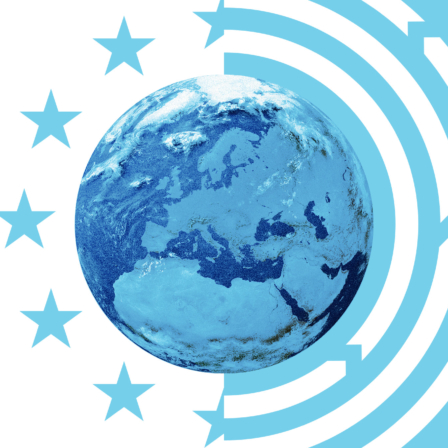


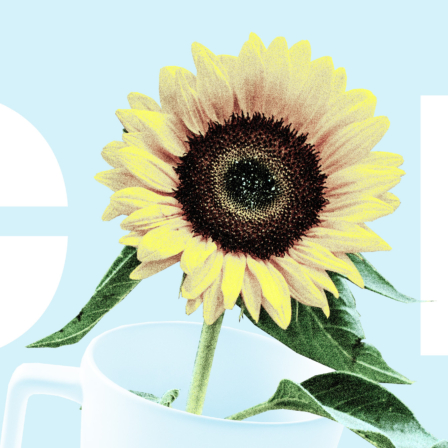

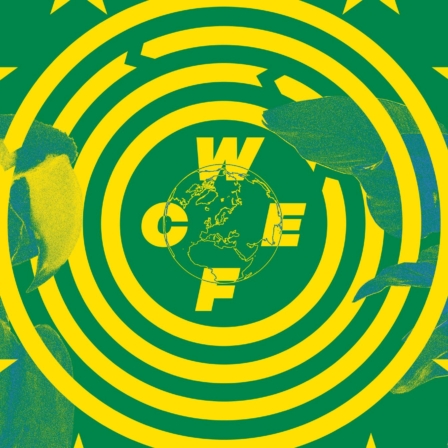

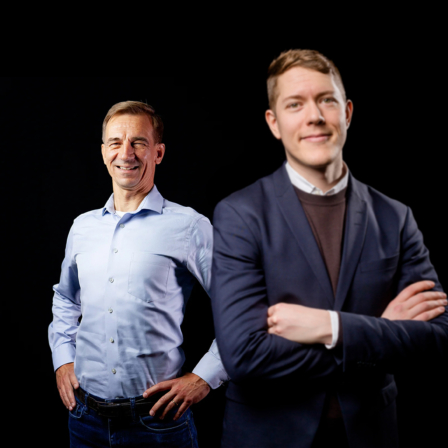
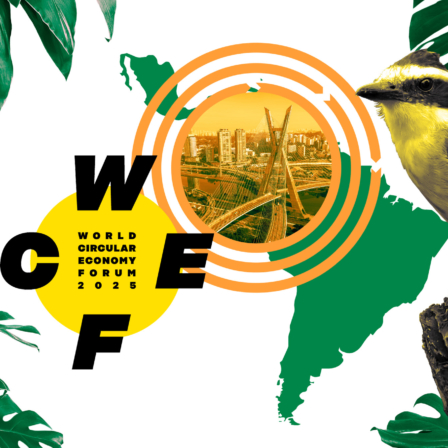
Recommended
Have some more.